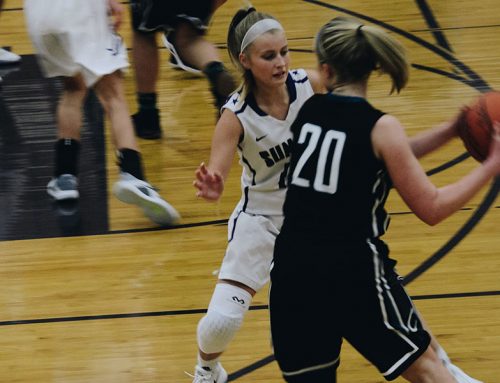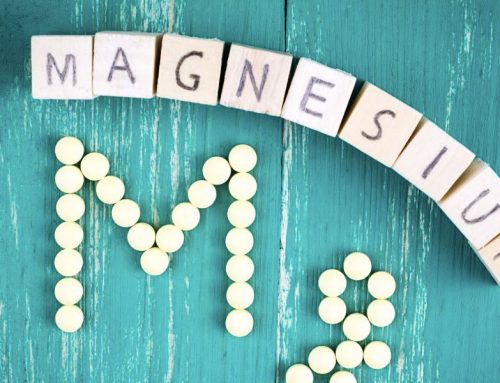Congratulations to everyone who is participating in the up and coming Melbourne Marathon event. What an awesome effort to be undertaking such a fantastic event!
At Elite Myotherapy we have had the pleasure over the years to work with many elite athletes in preparation and recovery from large events such as the 2000 & 2004 Olympic games, to ongoing tournaments on the International Women’s Tennis Tour (WTA).
As such, we would like to share some tips from our experiences that may benefit you in training and for your post race recovery!
Tip 1: Stretching
Stretching is a fantastic post recovery tool. Stretching is shown to relax and balance the tension within the muscle compartment, and help reduce delayed onset muscle soreness that occurs after running.
If a balance is met, it will also help reduce the likelihood of trigger points developing. At Elite Myotherapy we recommend that you stretch between 15-30 seconds per muscle once a day!
Remember it is a fine line between over stretching and under stretching! Do not bounce whilst stretching. Bouncing increases the risks of pulling or tearing muscle.
If stretched too quickly the muscle will contract (which we don’t want) but if the stretch is applied slowly, a contraction is avoided, muscle tension will fall, and you will stretch further and increase range of motion between muscle and joint. Remember to stretch to a point of tightness, do not push through resistance and never stretch to pain!
Tip 2: Hydration
Hydration is one of the most important things during your training and post-race recovery. Keeping hydrated helps the body to regulate temperature, transport nutrients and oxygen, it carries away waste products, helps to detoxify the kidneys and liver and dissolves vitamins and minerals for the body.
In general, we need about 2-3 litres of fluid a day to be properly hydrated. Always start every session well hydrated. Drinking 400-600ml of fluid 2 hours before exercise will help hydrate the body. After exercise, how much fluid you need to drink depends on how much you’ve lost. Drink 1 litre for every kg of weight lost during exercise.
Tip 3: Epsom’s salts
These can be purchased at your supermarket and are used widely on the tennis tour for recovery. Epsom salts are a magnesium based salt, that help soothe the body’s aches and pains and reduce swelling.
Specifically used for muscles that have been over exerted (DOMS). It is never too late to have a bath with Epsom salts in it. You can place 1-2 cups into a warm bath tub and soak for 20-30 minutes. Do this at the end of the day so you can continue to relax afterwards.
Tip 4: Tennis/ Spiky ball
Self massage with Elite Myotherapy Spiky Ball
Using balls for self massage is great! It has similar benefits to hands on massage (increase circulation, reduce trigger point pain, reduce tension in tight contracted muscles).
We recommend that you lay on your back and with your knees bent , feet on the floor and you roll the ball around your bottom muscles (gluts) – find a tender point and roll around on it.
This feels painful while you do it but really aids in releasing tightness in the muscle afterward. You can use the balls anywhere that you feel tightness in your muscles. Another great example is using the balls to roll over your feet. Try this when sitting on a chair or even in standing (of course the ball can only be under one foot in standing!) Reducing tension in the feet is an excellent way to help you relax your calf muscles, which may be sore from running!
Tip 5: Seek Professional Advice
After the event you might develop soreness through your body. This is called Delayed Onset Muscle Soreness (DOMS). DOMS is most strongly felt 24 to 72 hours after exercise but should subside after about five days. It is usually a general achey, tiredness feeling of the muscles like they have been ‘worked’.
It is one of the body’s physiological responses to the continual eccentric contractions of the muscle. Running will affect anywhere from your lower back to your feet. Muscle tightness and trigger points* can still develop even if you’ve done a proper recovery It is important that if you are still feeling pain, that you consult us, as it is better to have treatment now then let it build and become unavoidable.
“The severity of symptoms caused by myofascial Trigger Points (Tight spots) ranges from agonizing incapacitating pain to the painless restriction of movement and distortion of posture due to latent (inactive) trigger points (Tight spots) that are so commonly overlooked.”
At Elite Myotherapy we can offer a full assessment of your body and offer a detailed treatment plan, that by working together will ensure that your body and your muscles can work to an optimal level and reduce the likelihood of getting recurring injuries down the track.
Our guarantee to you at Elite is that if we feel we cannot help you we will put you on to someone who will. We pride ourselves on making you our number one priority and strive to get you back to your running training without delay!
For further information call us on 98262006, or CLICK HERE to make an appointment at a location near you.
Once again congratulations and good luck with your recovery!
By Justine White – Elite Myotherapist






